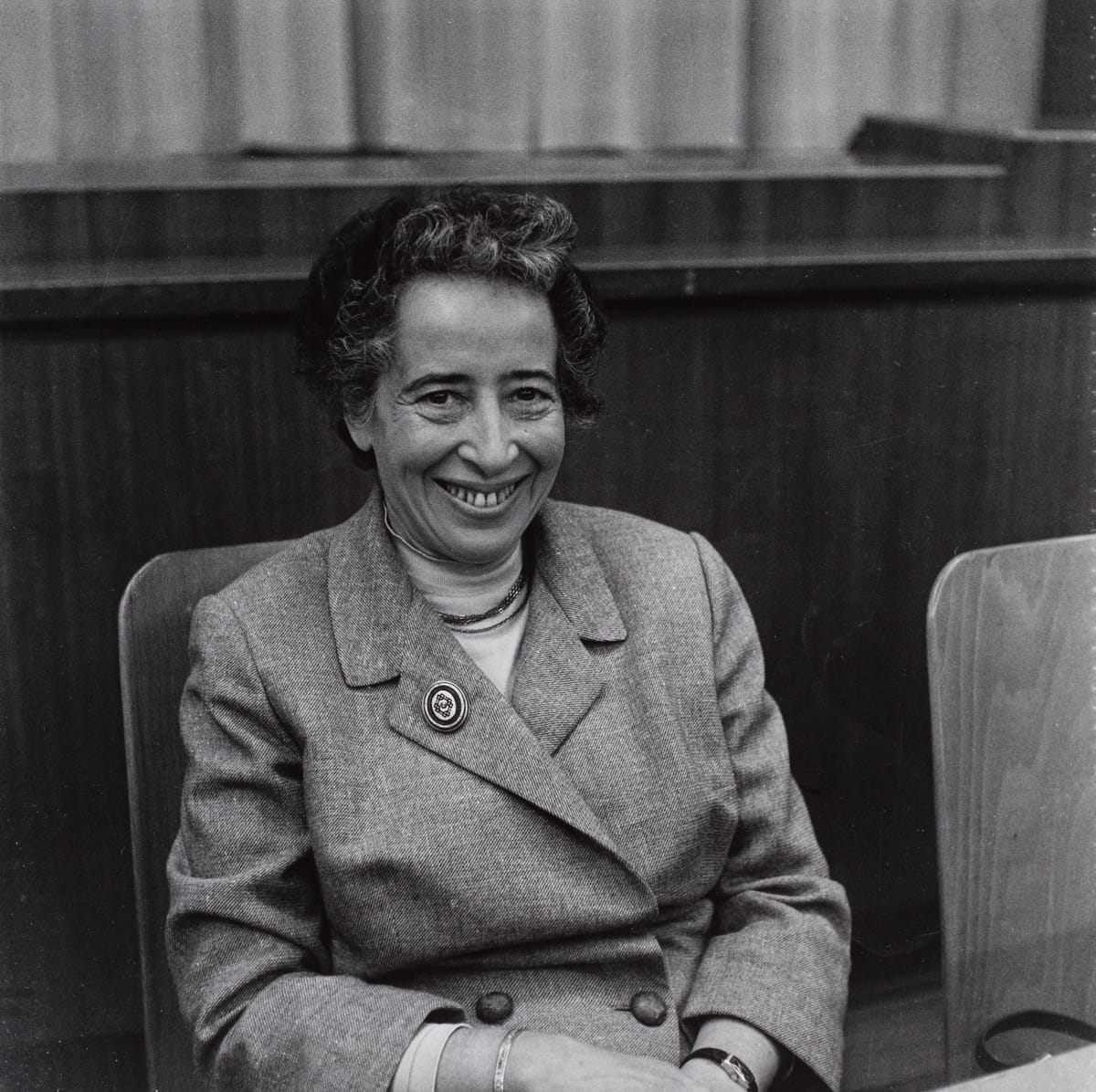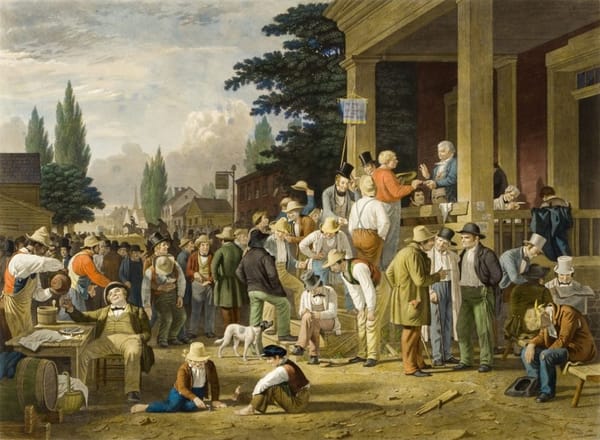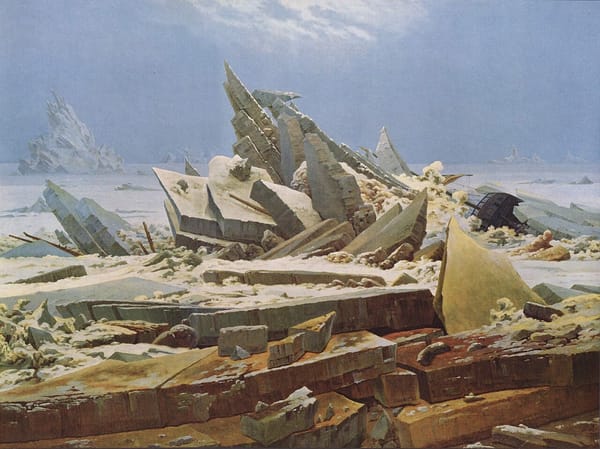Reading Hannah Arendt and the "Digital" Human Condition

Hannah Arendt’s warning from 1958—humanity may conquer the stars yet lose the world beneath its feet—resounds in an era of automation, algorithms, and fragile political action.
In 1958, Hannah Arendt published The Human Condition, a meditation written in the long shadow of totalitarianism and at the dawn of the Space Age. The paradox she set before her readers was haunting: humanity might reach the stars but lose the ground beneath its feet. “The human condition is not the same as human nature,” she reminded us, emphasizing not what we are but how we live together (The Human Condition, p. 10). Sixty-seven years later, her insight resonates with unsettling clarity. We inhabit a world where algorithms script our choices, politics unfolds as digital theater, and the very boundaries of human agency blur.
Arendt’s tripartite schema of vita activa—labor, work, and action—does not map neatly onto the digital age, yet it provokes urgent questions. What becomes of freedom when labor and thought are automated, when works dissolve into vanishing feeds, and when action is reduced to hashtags?
Labor Without Laborers: Dignity in the Digital Economy
Arendt feared a “society of laborers without labor” (The Human Condition, p. 5)—a phrase paradoxical in 1958 but prophetic today. Automation has hollowed out traditional employment, leaving many trapped in precarious gig work or fragmented digital tasks. The animal laborans, bound to necessity, persists now in digital form—endlessly scrolling, clicking, rating.
And yet Arendt underestimated labor’s capacity to bear dignity when bound to solidarity. The COVID-19 pandemic exposed this vividly: “essential workers”—delivery drivers, nurses, grocery clerks—sustained society while white-collar workers retreated to Zoom. Labor, often dismissed by Arendt as pre-political necessity, emerged as a profoundly political act under conditions of risk and inequality. The open question is whether this recognition can endure, reshaping labor’s place within the vita activa.
Work Without a World: The Fragility of Digital Artifacts
If labor sustains life, work builds a world. Arendt saw in durable artifacts—laws, institutions, monuments—the anchors of political life. But in 2025, durability itself is under siege. Social media posts vanish, platforms collapse, data corrupts, deepfakes blur truth and fiction. Our “works” are no longer stone but code—mutable, ephemeral, fragile.
This threatens what Arendt called “worldliness”: the shared, lasting context that lends meaning to political action. Without it, action becomes, in her metaphor, words shouted into the wind—briefly heard, quickly scattered, leaving politics unmoored.
The Volatility of Digital Politics
For Arendt, action was the pinnacle of the vita activa: the revelation of individual uniqueness through speech and deed in public space. Its power lay in unpredictability and plurality.
Digital politics has reconfigured this balance. Online action is both ubiquitous and diminished—hashtags, viral videos, and campaigns capable of toppling reputations or sparking protests, but often without durability or accountability. Screenshots immortalize, yet commitments dissolve. Action becomes at once permanent and weightless.
However, to dismiss digital movements as shallow, however, would be reductive. The social media component of movements such as the Arab Spring, #MeToo, Ukraine’s digital resistance, and Iranian women’s online protests show the real force of plural action in hostile conditions. So, while Arendt’s nostalgia for the polis may blind us to new forms of collective agency, it only underscores the challenge for designing digital spaces where action is also enduring and accountable.
Liberty and Pluralism in Peril
Why does this matter? For Arendt, freedom was never an inward state but an outward reality: to be free is to act in concert with others, to be seen and heard in a shared world. Without such a sphere, liberty collapses into privacy or consumption.
Pluralism, too, is at stake. Arendt stressed that “men, not Man, live on the earth” (The Human Condition, p. 7). Yet her vision excluded many—women, laborers, colonized peoples—whose presence was no less political. Later critics, such as Seyla Benhabib (The Reluctant Modernism of Hannah Arendt, 1996), have argued that true pluralism demands institutions of inclusion, not just spaces of appearance.
Digital technologies complicate this tension further. Algorithms both homogenize and polarize, producing echo chambers of conformity while deepening division. Still, experiments in deliberative democracy—from citizens’ assemblies to digital forums, as noted in the OECD’s Report: “Exploring New Frontiers in Citizen Participation in the Policy Cycle” (2025) —offer a positive counterpoint, the benefits of civic participation, perhaps closer to Arendt’s spirit than the cacophony of online outrage.
Arendt’s Blind Spots - Digital Worldliness
Arendt’s framework both illuminates and obscures our digital predicament. She foresaw the glorification of labor and the erosion of action, but not the fragility of digital worldliness. She championed plurality but overlooked those whose labor sustained life. She celebrated action’s unpredictability but underestimated the costs of a memory that never forgets.
Her provocation, however, endures: freedom is not safeguarded by progress, rights, or wealth alone. It requires that we act together, in a world durable enough to hold our words and deeds.
In 2025, this becomes our task: to create spaces—physical, digital, hybrid—where freedom can be enacted and sustained. That means protecting free speech while resisting manipulation and erasure; building institutions that honor labor and care as political; and reviving forgiveness and promise-making to temper volatility.
Arendt warned that humanity might conquer the stars only to lose the world. Today, we risk mastering data and the digital space, while losing reality. Her question remains: can we act, build, and forgive in ways that preserve a world in common?
On The Danger of Forgetting the World
“What makes mass society so difficult to bear is not the number of people involved, or at least not primarily, but the fact that the world between them has lost its power to gather them together, to relate and to separate them. The weirdness of this situation resembles a spiritual desert, where each individual is thrown back on himself, utterly de-worlded, deprived of reality.”
(The Human Condition, 1958, p. 52)





